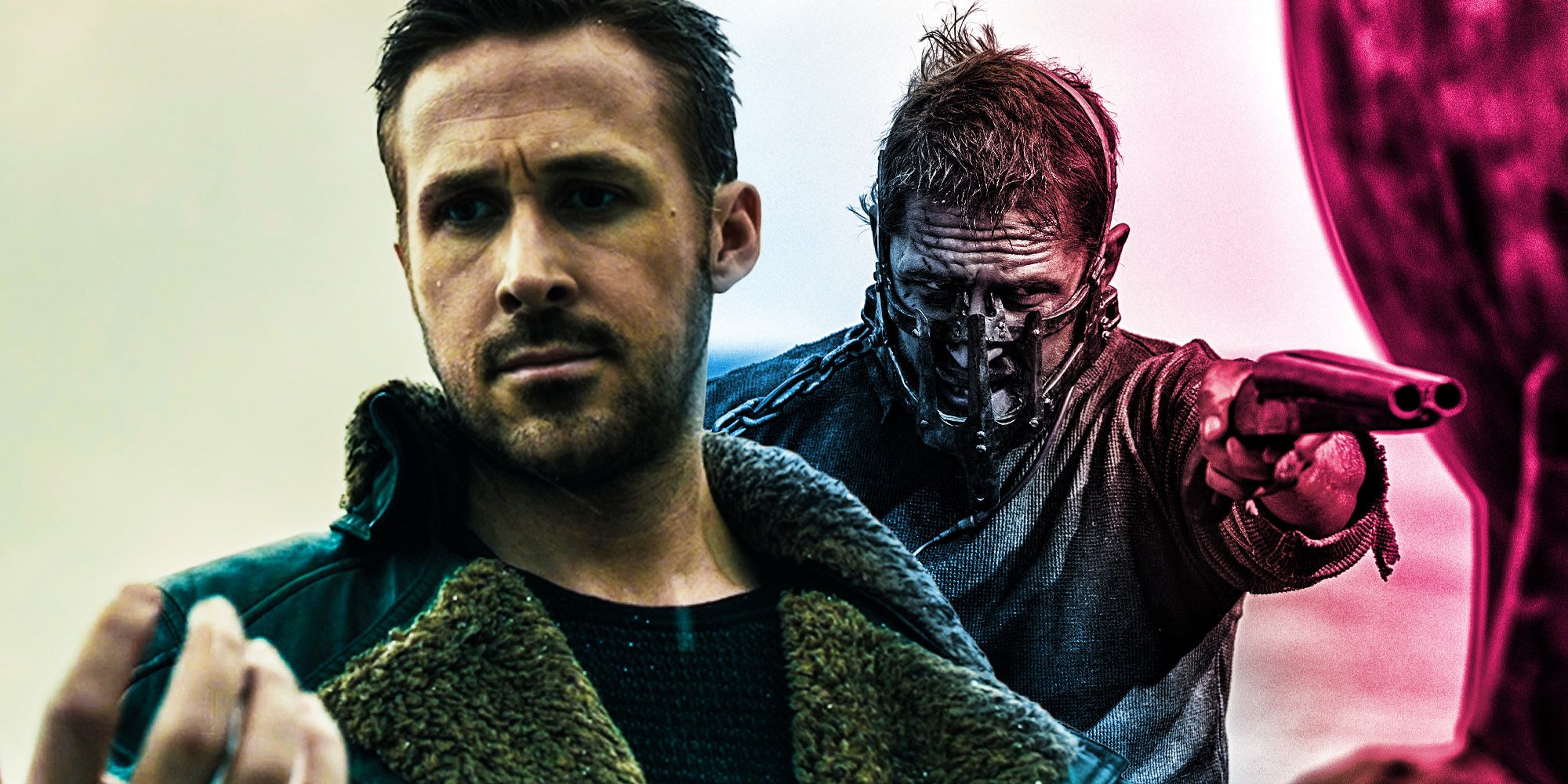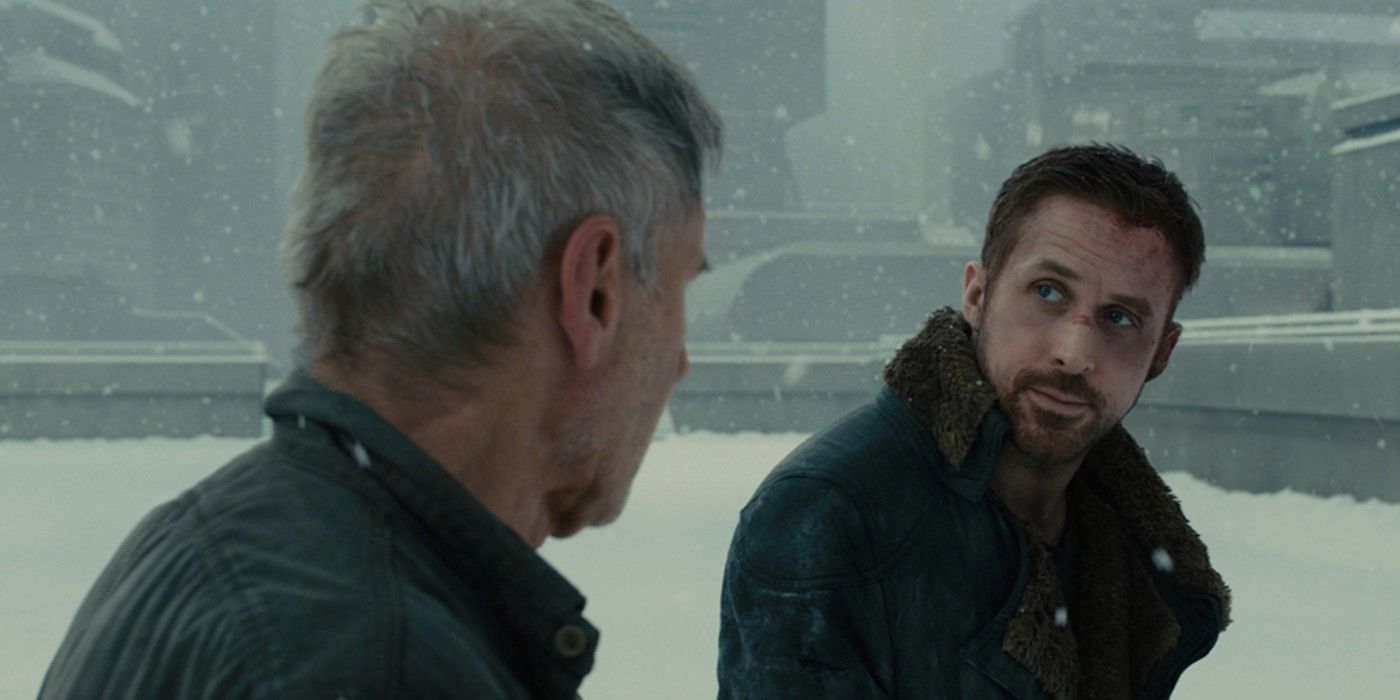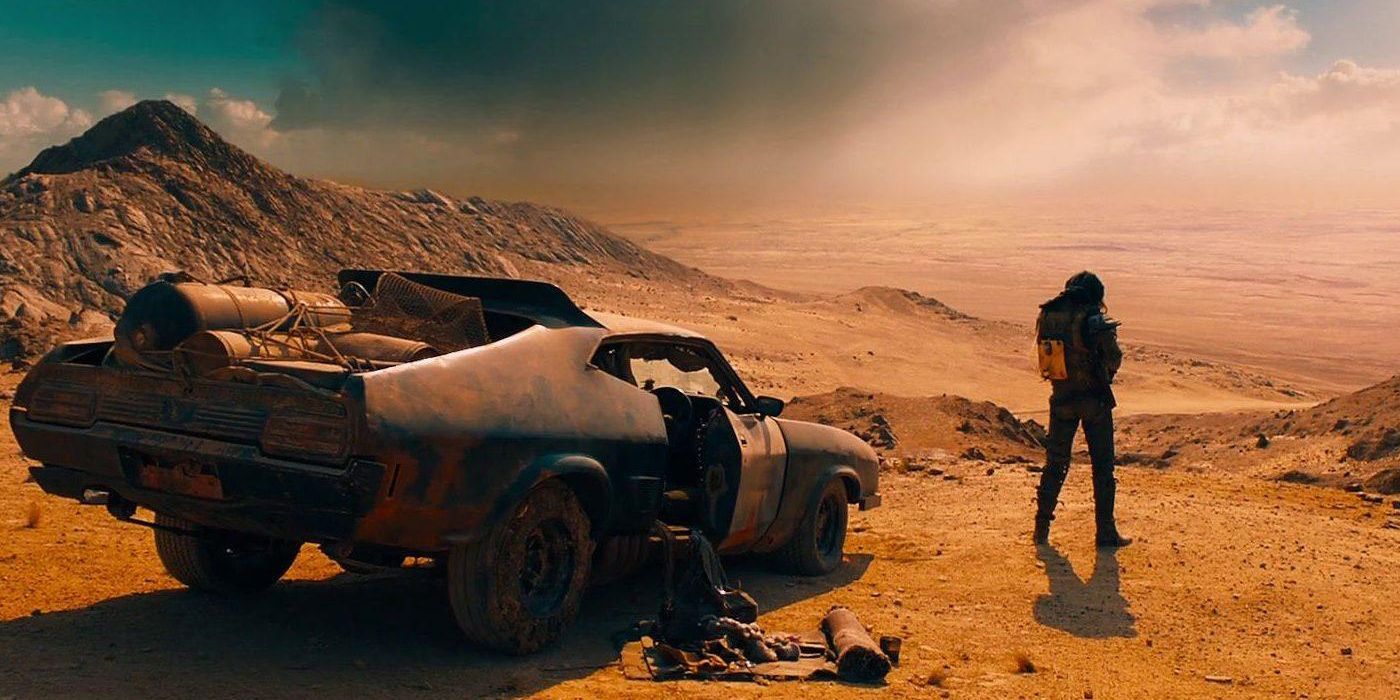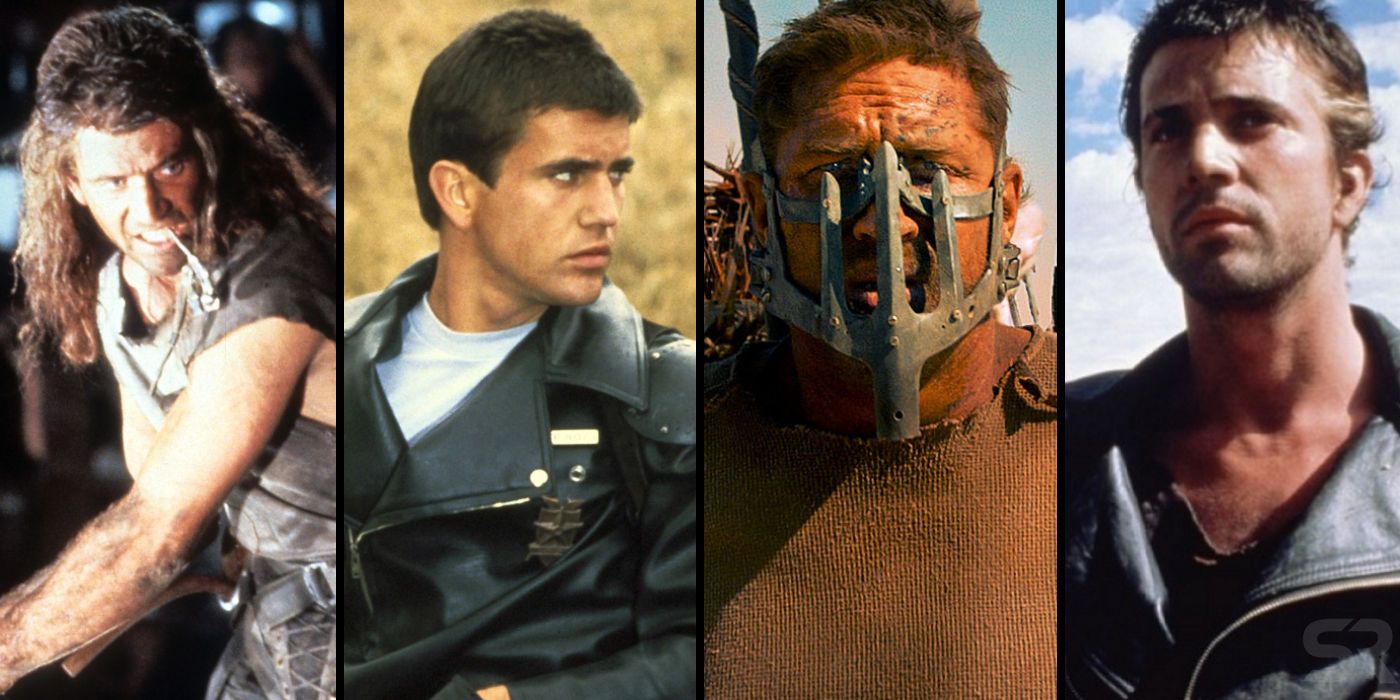Both Blade Runner 2049 and Mad Max: Fury Road were long-awaited additions to long-dormant 1980s sci-fi franchises, so why was one a huge financial success while the other disappointed? Originally released in 1982, Alien director Ridley Scott’s Blade Runner was an ambitious fusion of film noir, sci-fi, and action that wowed many critics but disappointed at the box office. Adapted from the seminal sci-fi novel Do Androids Dream Of Electric Sheep?, Blade Runner’s futuristic noir story followed Deckard, an android-hunting cop who may or may not be a replicant himself.
The Philip K. Dick adaptation was nearly as trippy as the writer’s literary output, but the film left many viewers who had been hoping for a straightforward story frustrated and lost. However, Scott was also let down by the movie, as studio executives insisted on recutting Blade Runner to make it more palatable for mainstream audiences, jettisoning its ambiguous ending and softening its downbeat tone in the process. In contrast, George Miller’s original Mad Max, released in 1979, was praised for its simplicity and slick style. The revenge thriller made a star of Mel Gibson, who played the title role and was soon followed by a pair of sequels, The Road Warrior and Beyond Thunderdome, that made more use of Mad Max’s futuristic setting.
Both Blade Runner and Mad Max received long-awaited sequels in the mid-2010s, but only one did big business at the box office. While both 2049 and Fury Road received largely stellar reviews, there was a big disparity between the former’s lackluster box office and the latter’s outsized financial success. Mad Max: Fury Road was an undeniable smash hit, earning back $375 million on a budget of $185 million, whereas Blade Runner 2049 made a comparatively disappointing $260 million on roughly the same budget. The two blockbusters sequels were long-awaited follow-ups to 80s franchises, so why did one soar at the box office while the other was a (comparative) failure?
Mad Max’s Recasting Vs Blade Runner 2049’s New Cast
Blade Runner 2049 was always going to have trouble following up the original Blade Runner, which has several different edits, thanks to executive meddling and Scott’s resultant tinkering. The sequel is also set further into the future than the original, meaning the film had to introduce new cast members while also reintroducing Harrison Ford’s conflicted antihero Deckard late in the story. This resulted in a somewhat cluttered plot without a clear protagonist, as viewers were drawn to sympathize with both Ryan Gosling’s stoic new hero K - who dominates the first two acts - and Deckard’s original protagonist, who much of the movie’s third act centers around.
In comparison, the brutal efficiency of Mad Max: Fury Road let Miller reintroduce Max with a new face in the opening minutes, then immediately and definitively pivot to centering the rest of the film around Charlize Theron’s Furiosa. It may seem a little ironic that the movie which had an easier time selling its franchise revamp was the one that largely sidelined its title character, but having Max himself take a literal and narrative backseat for much of Fury Road’s action allowed Miller to introduce a new central character, without the pair vying for screen time and audience attention the way 2049’s dual protagonists did.
Cyberpunk Vs Dytopian Chase Cinema
The history of cyberpunk as a sub-genre of both sci-fi and detective fiction is a long and complex one, but simply put, Blade Runner’s rain-swept cyberpunk aesthetic was innovative when it arrived in the early 80s - so much so that Neuromancer novelist William Gibson famously admitted he walked out of a screening to avoid unintentionally plagiarizing the innovative text. Blade Runner’s now-retro future was also deeply of its time as it centered around pre-Internet cultural anxieties around automation, whereas there is a perennial appeal to seeing the post-apocalyptic scavengers of Mad Max’s future run around the desert and blow each other up.
As proven by the outsized hype around certain recent video game releases, cyberpunk remains relevant to this day, but with the disappointing Robocop and Total Recall reboots fresh in the memories of cinemagoers circa the early 2010s, few were clamoring for more urban techno-dystopia 80s retreads when Blade Runner 2049 arrived in 2017. In contrast, Fury Road offered a hard-R remix of the original and cashed in on the already popular dystopian sci-fi trend of the era. George Miller’s belated fourth film found a gap in the market by offering social commentary that earlier hits like The Hunger Games series had touched on, but with the added appeal of an adults-only rating meaning the action that comprised the movie’s brisk runtime could afford to be more impactful than those comparatively sanitized YA adaptations.
Mad Max’s Enduring Franchise Vs Blade Runner’s Troubled History
Where Mad Max had two successful sequels already under its belt - the beloved The Road Warrior and underrated Beyond Thunderdome - Blade Runner had at least five re-releases complicating its screen history. Where Mad Max saw Miller hone his vision for the fantastical future setting over its various installments, filing in more fictional history and lore in each outing, the original Blade Runner had flopped upon release and Scott’s tinkering made it clear the director was unhappy with not only the original cut, but also his own 1992 director’s cut. Ultimately, where Fury Road was an addition to a growing mythos built by one writer-director over the decades, Blade Runner 2049 had a new director and co-screenwriter muddling the original’s vision.
Blade Runner 2049 made an admirable stab at staying true to the uncompromising, morally complex vision of both Scott and the source novel’s author, and was critically praised for its attempts. However, George Miller’s movie offered a more accessible, fast-paced, and fun summer tentpole whose political allegories and resonant messaging didn’t slow its relentless pace and frenetic thrills. Much as the original bemused casual viewers upon its arrival in 1982, the updated Blade Runner 2049 was a similarly heavy and dense text with a meditative tone. Much like the original Mad Max offered intense, unapologetic chase cinema action, Mad Max: Fury Road saw the franchise return with an equally resonant bang decades later., which was reflected in its success.




